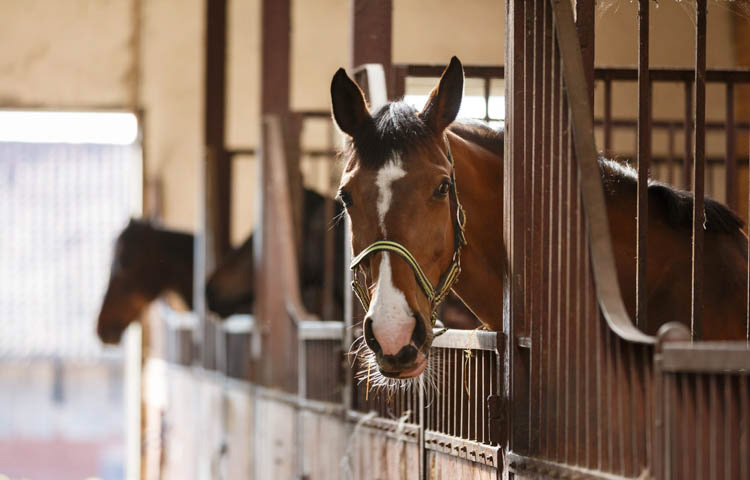Protect your pets: Common toxic plants to avoid
How to identify toxic plants and recognise signs of pet poisoning.
Read more15 July 2024
1. Horses “lock” their legs to avoid collapsing while sleeping standing up.
2. Horses and other equines eat constantly, because their digestive systems aren’t efficient.
3. Horses bear their weight on a single digit on each foot.
4. A mule is the offspring of a female horse and a male donkey.
5. The world’s only remaining wild horse species is native to Mongolia.
6. Racehorses can reach up to 67kms an hour while galloping.
7. Ponies are any of several breeds of horse that stand less than 56.8 inches high.
8. The horse originated in North America and spread to Eurasia over the Bering Land bridge.
9. Male horse foals are called colts. Females are fillies.
10. Domestic horses have a lifespan of around 25 years.

11. Horses will not lie down simultaneously because at least one will act as a look-out to alert its companions of potential dangers.
12. Wild horses generally gather in groups of 3 to 20 animals. A stallion (mature male horse) leads the group, which consists of mares (females) and young foals. When young males become colts, at around two years of age, the stallion drives them away. The colts then roam with other young males until they can gather their own band of females.
13. The average horse’s heart weighs approximately 4.5kgs.
14. Horses are social animals and will get lonely if kept alone, and they will mourn the passing of a companion.
15. Estimates suggest that there are around 60 million horses in the world.

16. There are over 300 horse breeds, each adapted to various uses and environments. These range from the tiny Falabella, which stands about 30 inches tall, to the impressive Shire horse, which can stand over 6 feet tall.
17. The gestation period for a mare is about 11 months, usually around 340 days. The long gestation period allows for the foal to be well-developed and able to stand and walk shortly after birth.
18. Horses have the largest eyes of any land mammal. Positioned on the sides of their heads, their eyes give them a wide field of vision—almost 360 degrees. However, they have two blind spots – directly in front of their nose and behind them.
19. Horses have an exceptional memory, especially for places and other horses. They can remember routes and locations for years. This remarkable memory is crucial for their survival in the wild, as it helps them navigate and find resources.
20. Unlike many other animals, horses cannot vomit due to the strong muscular structure of their lower esophagus. This adaptation helps prevent choking and aspiration of food but also means that horses are more susceptible to certain digestive issues like colic.